The August sales estimates are out, so it’s time to take a look at the sales distribution charts and see where things fall in the market. As usual, we’ll start with DC.
Standard disclaimers: The numbers are based on the Diamond sales charts as estimated by the very reliable John Jackson Miller. These charts are pretty accurate for U.S. Direct Market sales with the following caveats: 1) you can add ~10% for UK sales, which are not reflected in these charts; 2) everyone’s best guess is you can add ~10% for digital sale – while some titles do sell significantly better in digital (*cough* Ms. Marvel *cough*), that’s the average rule of thumb; 3) it’s not going to include reorders from subsequent months, although reorders will show up in subsequent months if they’re high enough. So if you’re a monster seller in Southampton and the it took the US audience 3 weeks to reorder, it’s probably not going to be reflected here.
What’s a sales band? It’s another way to have a higher level view of the market. The general idea is to divide the market into bands of 10K copies sold and see how many issues are in each band. How many issues sold between 90-99K copies, 80-89K copies, etc. etc. In very broad terms, the market is healthier when there are several titles selling in the 70K-100K+ range because titles that move a lot of copies give the retailers some margin of error on their ordering. When you see titles selling in the 20-29K band and especially below, there’s a pretty good chance a lot of retailers aren’t ordering those titles for the shelf (pull box/pre-order only) or minimal shelf copies at best.
First the good news, Dark Nights Metal #1 sold (OK, was ordered into the Direct Market) at just below an estimated 262K. Which is a huge number for DC. That’s more than the orders of the 20 lowest selling DCU issues combined. How much of that is involves variant covers? Hard to say, but some of that’s going to be factored in there. I don’t recall hearing any retailers complaining about getting stuck with extra copies, so I’m going to assume it’s selling through OK and issue #2 is going to be well over the 100K mark. Which is the good news for DC. And I’m not sure there’s a lot of good news after that.
Batman might not have been picking up steam after all. Issue #29 barely cleared 100K, so either we’re going to be seeing some elevated re-order activity next month or DC won’t have… excuse me, all of comics won’t have an ongoing title selling over 100K.
Then All-Star Batman stumbled on its way out the door with an estimated ~57K sales. So nothing besides Batman and the current (and unusually successful if face value is to be trusted) event of the month are selling north of 60K. North of 57K, technically.
I’m calling this gap “The Desert of Broken Sales.”
I suppose you could also call it “Death Valley.”
Which is to say, there’s Batman and then there’s the mid-list.
Flash is the bestselling non-Batman/event comic clocking in at ~54/53K for the August issues. With All-Star set to wrap, Detective Comics is #2 ongoing, ~100-200 copies ahead of Flash. I’m afraid I’m going to have to be that guy and ask the question – will standard attrition twice a month leave DC with no ongoing titles selling over 50K by early 2018? Everybody better hope that the Metal success translates to the spin-off titles and that DC has some interesting new title announcements coming out of NYCC.
The sweet spot for DC continues to be in that 30K-39K range, which you could likely classify as minorly profitable for most retailers. But there are a lot more titles selling under 30K than over 30K.
Speaking of 30K, that’s one of the interesting bits of the August chart for DC. Mister Miracle #1 was ordered at roughly 33.5K. And it appears that it was drastically under-ordered. There were many reports of instant or near instant sell-outs and – in what I can only interpret as a sign of high demand – Mister Miracle #1 shot up to the #1 slot on Comixology. The second issue (and second printing of the first issue, IIRC) are out this week, so it will be interesting to hear how it’s moving AND see if it tops the Comixology list again.
I’ve heard a lot of explanations ranging from “since when does Mister Miracle sell well” to “they didn’t but ‘Rebirth’ on the cover,” but ultimately it boils down to retailers misjudging the demand and DC being unable to convince them otherwise. Is Mister Miracle a 60K title by demand? 50K? Higher?
Is this Tom King’s Batman audience ALL showing up or is this the growing TPB audience for Vision and Omega Men showing up for the serial?
Too soon to tell, but it’s interesting.
Speaking of Tom King, the absolutely wonderful Batman/Elmer Fudd special had almost 10K work of reorders in August.
Once more, Astro City was the only Vertigo title to chart. Young Animal (sort of the surrogate Vertigo for some) didn’t crack 10K on any issue, but Doom Patrol didn’t ship.
The bottom tier of Rebirth titles looks like it’s getting 2-3 months away from dipping below 10K and it’s going to be interesting to see what the tolerance for those sales levels will be. Not all of them are necessarily going to be hits on the Scholastic market.
So where’s DC, in terms of single issue sales? Depends on who you ask. Metal might just be selling well enough to paper over some of the problems, but the gravity of attrition and the utter lack of books in the desert of broken sales should be getting a little more attention. Is the Metal audience really that scattered across the other titles (DC or otherwise)?
Want to learn more about how comics publishing and digital comics work? Try Todd’s book, Economics of Digital Comics or have a look at his horror detective series on Patreon.


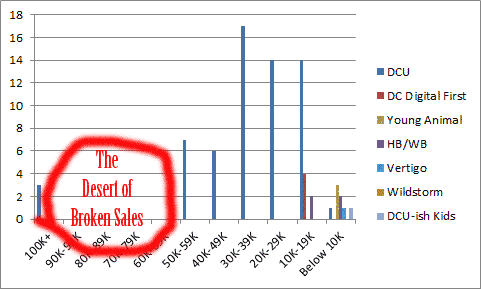
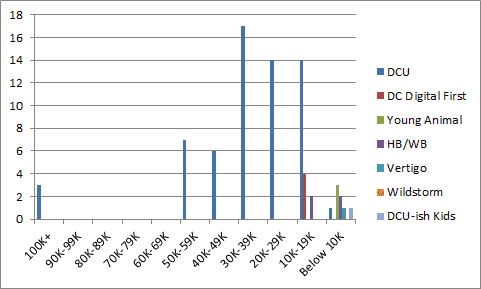
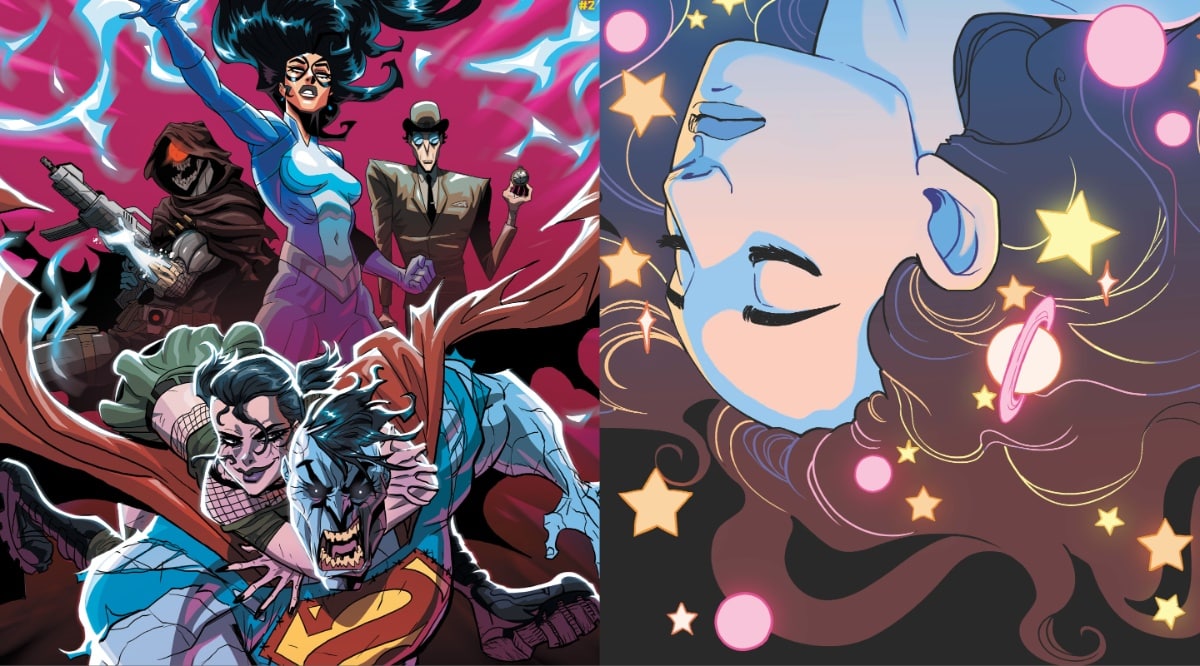
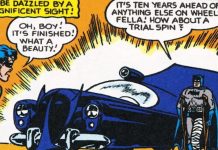
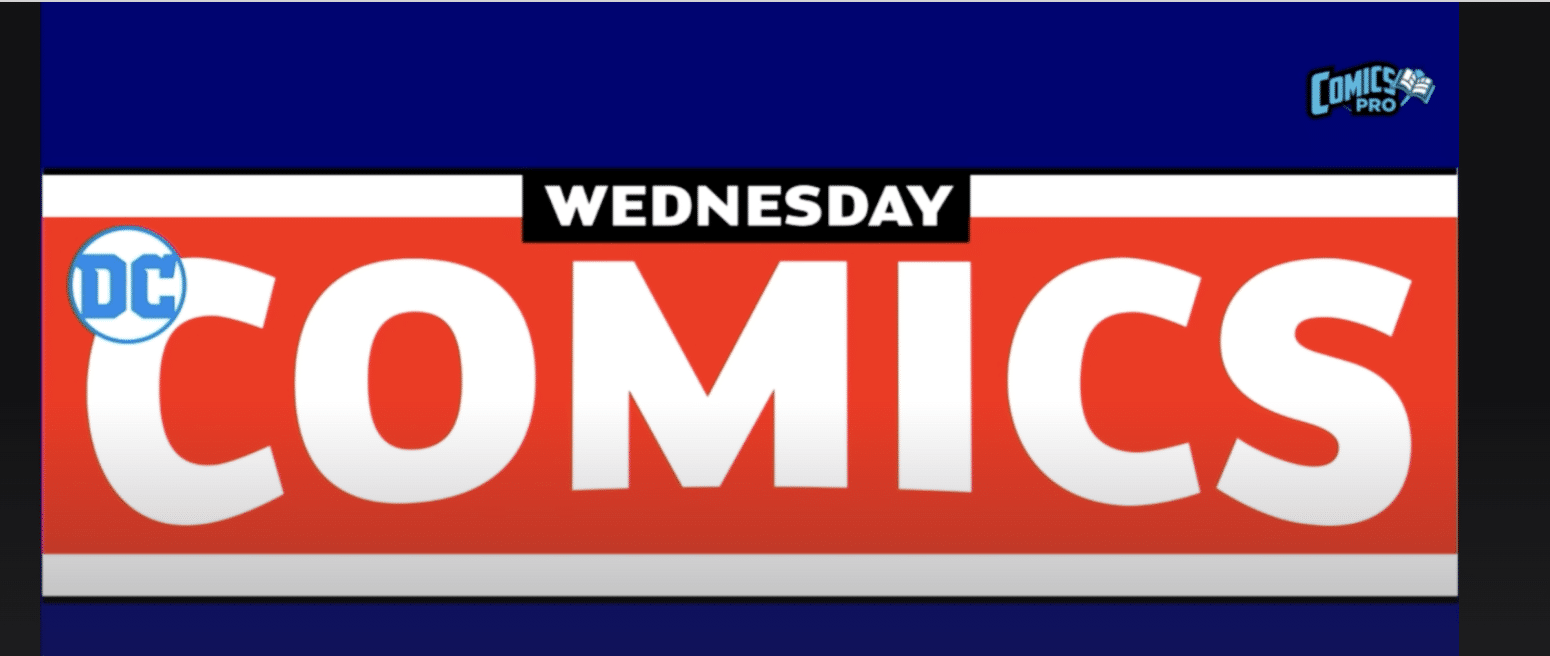


While there’s certainly other factors, I wonder how much of the death of the mid-list (in comics and “real” books) boils down to cover price. The mid-list is where that casual audience is supposed to live, in between the bestsellers that get all the media attention and the stuff only fans buy. And while the price of paperbacks is astonishing to those of us old enough to remember when they cost less than one of today’s comics, at least you still get basically the same product. Comics’ price has skyrocketed while morphing into a starkly different kind of entertainment.
Mike
Listening to this weeks Off Panels with Hedi, her and David Harper basically came to the conclusion that DC at least appears to be more sustainable. Is that really the case with ~30k (and maybe a rough %10 bump from digital) in sales? It looks a lot better than Marvel sure, but appearances and all. Is it better to sell 1 copy of the Flash at ~100k (both issues combined roughly) or 2 issues at 50k and not have another book to produce?
I’m trade waiting Miracle, read the first issue and it’s fantastic. Don’t feel like reading it piecemeal, but that’s become the way I buy comics more often than not recently.
BATMAN/FUDD sold out of the 2nd print basically instantly — could have done a third, no problem from my side of the counter.
But a wider problem for DC. that’s probably invisible to most observers, is that DC seems to have drastically tightened print runs over the last 6 months or so, such that recent reorders are simply not available, and capping sales. Is this capping them by 0.005% or by 5% or by 50%? I sure as hell don’t know, but it has cut off potential growth for this store at least for at least some things (ex: post “Button” issues of FLASH)
I did a Qwik, NON-RIGOROUS look at it a week or so back, and without even including any variants, it appeared that over a third of the issues of the previous month were unavailable from DC comics. That’s a lot!
So… some of Death Valley might, in fact, be self-inflicted/fulfilling. DC 2017 inventory attitude WRT periodicals very much appears to this viewer to be about the same as Bill Jemas’ Marvel circa ’01.
(I remind the universe that the publishers has the lowest marginal cost of COGS of all participants in the supply chain, and therefore the highest ROI in terms of regular retail price, and, thus, should be the one warehousing goods and taking inventory positions on their own goods.)
-B
Mazzm: A single monthly FLASH comic wouldn’t sell 100k. It *might* sell 65k-ish
-B
Damn that range between the single-utmost-bankable-project-at-the-time and 60k is a wasteland these days.
Uncertain times make people (and companies) good at economic efficiencies.
“(I remind the universe that the publishers has the lowest marginal cost of COGS of all participants in the supply chain, and therefore the highest ROI in terms of regular retail price, and, thus, should be the one warehousing goods and taking inventory positions on their own goods.)”
Damn straight! I’m really bothered how the publishers try pushing all the warehousing and inventory positions on retailers.
I’m with Brian on the numbers here. DC Left so much money on the table by having their two recent biggest hits get sold out at distributor level the day of release! I believe Metal #1 and Mr Miracle #1 could of gone far beyond these numbers had there been copies to order the first week of sales.
The once vs twice monthly Flash sales comparison assumes individual readers are making their choice to read Flash based on frequency of release alone. But actually the individual pays more to receive more frequent Flash issues per month ($5.98 vs $3.99 per month), but it’s a lower cost per transaction. I’m sure the belief from DC is that they would rather have 50,000 readers buying Flash twice a month rather than 60,000 readers showing up once a month. More transactions mean more exposure to the series, greater retention of the material, more trips to the comic shop. Plus twice monthly series get talked about twice as much on comic websites and podcasts, etc. For instance, Batman has a good chance of being the bestseller 2 weeks out of every month currently. Conversely, some readers will cut out of the series because of the extra time and money required to keep up with the book.
The big question regarding sales is: How does DC determine success? Is it reader retention? Issues sold? Price per issue? Press reviews? Social media interactions? They seem to play the long game of letting stories play out while sales slowly trend down in order to maximize reader loyalty. When they allowed Omega Men to go the full 12 issues, they built a following for Tom King and kept him happy. Now he’s the writer for Batman.
I’m going to go out on a limb and say that the Metal sales will fall. I bought the first three issues and I won’t buy anymore. I am thrilled by the return of so many characters that have been in Limbo for so long, bet the story is just lame and unwieldly.
Tom King and Scott Snyder are great comics writers. That’s all there is to it. Greg Capullo and Mitch Gerads are both fantastic artists. The audience demands quality, and they’ll buy what they know will be good. I certainly don’t spend my money on writers I don’t know or who haven’t been recommended by people I respect. I’ve been excited to read Mister Miracle and Metal since they were first announced. DC had their sale right then just by the combination of my favorite characters with creators who I knew to be top notch. It seems like an easy formula to me.
Before you make your ultimate decision in choosing your law firm make sure that besides the basics
of law that you are selecting one that specializes in real estate and
can assist you fully in buying or selling your home.
Imagine yourself on a beach while dreaming
as the waves roll in from the surf. Going through the entire education experience will be rigid, but the entire process will be worth it.
On your question about MIRACLE MAN’s unexpected success, I would offer up the (admittedly biased, as a marketing guy) perspective that it came down to that magic combo of high quality and good marketing. People have actually heard of Tom King’s take on MIRACLE MAN — random people, casual comics shop toe-dippers, hipsters, and all those other segments that mean growth over the base of regular Wednesday readers. I don’t know if DC gave it an extra push or if the word just got around organically through social media, but whatever they did, it worked. Promoting a book like that properly, to the right people and on the right timeline, pays off.
And the other side of that, the high-quality factor, is helped by Tom King’s talent at writing genuinely mainstream fiction (not “mainstream” as it’s defined in the comics industry). His work is an easy hand-sell in bookstores, because it’s usually one or two volumes, no continuity baggage, relatable, page-turning, and imaginative and new.
So that all lines up with the scenario we seem to have here where comics shops under-ordered, the “Since when does Mister Miracle sell?” factor. When they had to order it they didn’t know that it would be well-promoted or that people who read the the NYT Book Review might seek it out, and if they’re ordering (as they should be) based on what they know their customers already read, they would have no way of knowing that Mister Miracle was important to any of them.
Comments are closed.